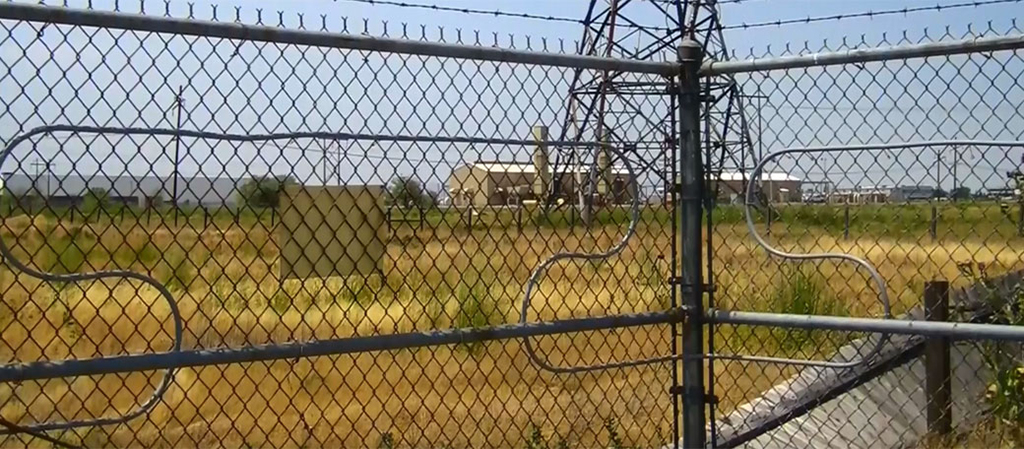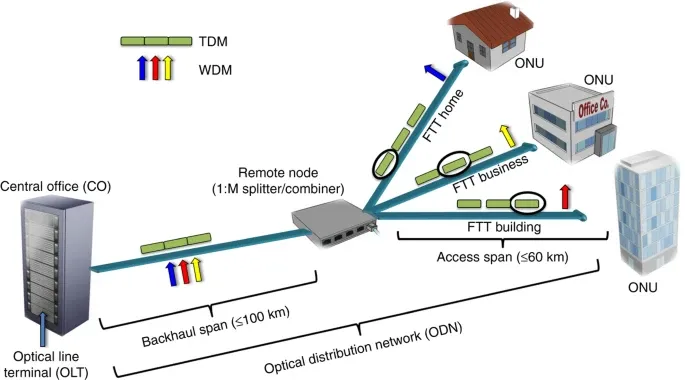Improve Your Security With Advanced Fiber Optic Protection Equipments
In an age where safety and security is extremely important, sophisticated fiber optic safety systems present a compelling solution for enhancing safety and security throughout numerous atmospheres. These systems not just flaunt premium transmission capacity and speed for high-resolution monitoring but likewise supply remarkable durability versus outside interferences. As organizations significantly seek reputable methods to safeguard their properties, the combination of ingenious innovations like AI and IoT within fiber optic frameworks raises important questions concerning their effectiveness contrasted to typical systems. What ramifications do these innovations hold for future security measures?
Advantages of Fiber Optic Protection
Using the advantages of fiber optic modern technology substantially enhances protection systems across various applications. One of the main benefits is the increased bandwidth capacity, enabling the transmission of huge amounts of data at broadband. This is particularly important for real-time video monitoring, where high-resolution feeds can be sent without latency, making certain immediate response abilities.
Furthermore, optical fiber display remarkable resistance to electro-magnetic disturbance, which is essential in atmospheres with prospective signal interruptions. This dependability guarantees consistent efficiency in essential protection procedures. Moreover, fiber optic cable televisions are less prone to tapping and unauthorized gain access to compared to typical copper electrical wiring, thus enhancing data stability and confidentiality.
Another notable advantage is the toughness of fiber optic systems; they are a lot more immune to environmental variables such as dampness, temperature level fluctuations, and harsh compounds. This strength converts to reduce maintenance expenses and longer life-spans for safety installations.
Last but not least, the light-weight nature of fiber optic cable televisions assists in less complicated setup and transmitting, specifically in intricate infrastructures (fiber optic security system). Inevitably, the combination of fiber optic modern technology into protection systems not only boosts protection procedures but likewise maximizes operational effectiveness
Key Functions to Take Into Consideration
When assessing fiber optic safety systems, several essential attributes must be thought about to make certain optimal efficiency and effectiveness. Evaluate the system's detection array and sensitivity; an extensive array permits for monitoring large locations, while high level of sensitivity makes certain that even small disruptions are detected without delay.
Following, think about the combination capabilities of the system. A fiber optic security system should seamlessly user interface with existing safety and security steps such as electronic cameras and alarms, creating a cohesive safety and security network.
Durability and environmental resistance are additionally important features. Ensure that the system is designed to stand up to harsh climate condition and prospective physical threats, as this will certainly extend its functional lifespan.

Last visit the site but not least, consider the scalability of the system. A robust fiber optic security system need to be easily expandable to accommodate future requirements without substantial overhauls. By carefully taking into consideration these functions, you can pick a fiber optic security remedy that improves security and protection in your atmosphere.
Installment Refine Summary
To successfully implement a fiber optic safety and security system, an organized installation process is necessary. This process begins with a detailed website evaluation to figure out the particular protection requirements and to determine optimum locations for fiber optic cords and safety and security tools. Following this assessment, the setup team will create an in-depth strategy, consisting of cable paths, needed tools, and compliance with local regulations.
Next, the installation involves laying the fiber optic cables, ensuring they are secured from environmental factors and physical damage. Proper handling strategies are critical, as fiber optic cable televisions are sensitive and can be conveniently harmed. After the cabling is set up, adapters and terminations are meticulously completed to guarantee signal stability.
The succeeding phase includes installing protection gadgets such as cameras, movement detectors, and alarm systems, all incorporated with the fiber optic network. Strenuous screening is carried out to verify that all elements are operating properly and to ensure ideal performance.

Comparing Fiber Optic to Typical Equipments
The evolution of safety innovation has actually brought about considerable advancements in the contrast in between fiber optic systems and typical copper-based systems. Fiber optic systems use light to transmit information, offering premium data transfer and rate contrasted to their copper counterparts. This causes improved data transmission capabilities, making fiber optics ideal for high-resolution video monitoring and real-time surveillance.
Additionally, fiber optic cables are resistant to electro-magnetic disturbance, decreasing the possibility of signal deterioration triggered by external variables. This particular ensures constant performance, also in challenging atmospheres. On the other hand, traditional copper systems are much more susceptible to disturbance, bring about prospective susceptabilities in safety applications.
Longevity is one more benefit of fiber optic systems. They are less vulnerable to damage from ecological elements such as moisture and temperature level variations, which can endanger copper wiring. Additionally, fiber optics are lighter and thinner, permitting for less complicated installation and decreased physical impact.
However, traditional systems tend to have reduced first prices, making them eye-catching for budget-conscious jobs. While fiber optic systems may require a higher in advance financial click to read more investment, their lasting advantages-- such as reduced upkeep prices and better integrity-- often exceed the initial cost, placing them as a premium selection for modern-day safety and security needs.
Future Trends in Protection Modern Technology
Emerging fads in protection modern technology find out are positioned to change the landscape of monitoring and threat detection - fiber optic security system. As organizations increasingly encounter innovative threats, technologies such as expert system (AI) and artificial intelligence (ML) are becoming important to protection systems. These modern technologies improve the capability of fiber optic systems by making it possible for real-time information analysis, recognizing anomalies, and automating responses to potential violations
Additionally, the assimilation of the Web of Things (IoT) is reinventing security structures. IoT tools can offer thorough situational understanding and help with smooth interaction in between different protection components. This interconnectedness enables extra efficient tracking and faster occurrence action times.
Biometric authentication is likewise acquiring energy, giving a greater level of safety and security via unique physical characteristics. As this technology advances, it is likely to be incorporated right into fiber optic systems for improved gain access to control.
Conclusion
To conclude, progressed fiber optic safety and security systems stand for a substantial innovation in security and surveillance technology. Their remarkable data transfer, resistance to interference, and durability help with trusted surveillance and information integrity. As these systems incorporate AI and IoT abilities, they enhance the overall security structure, ensuring robust defense for possessions. The shift from standard systems to fiber optic options mirrors a growing trend towards extra efficient and effective security measures in a progressively intricate technological landscape.